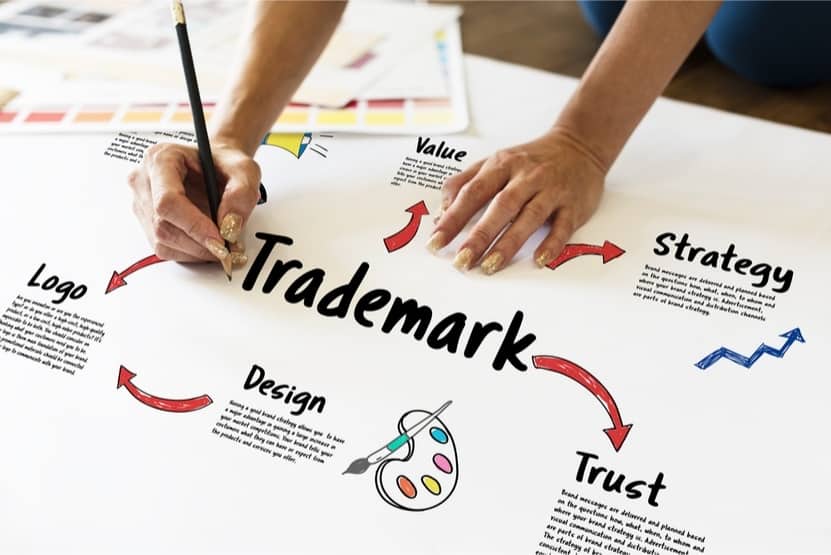After you’ve spent time and money on arriving at the ideal brand name or trademark, determining its availability, prosecuting the mark, and finally, obtaining registration with the U.S. Patent and Trademark Office, you are relieved to receive your Certificate of Registration. But is registration the last word on trademark protection? The U.S. Government estimates that counterfeiting and theft of intellectual property – including product bearing registered trademarks – cost American businesses more than $250 billion in lost revenue and 750,000 jobs per year.[1] Registration of a trademark is indeed significant to informing the public of one’s ownership in the mark, and affords the owner distinct evidentiary advantages when one goes to enforce those ownership rights in court. However, there is another important and perhaps less well-known weapon available to the trademark registrant to fend off the counterfeiter-infringer: recordation of your registration with U.S. Customs and Border Protection (CBP).
U.S. Customs & Border Protection is a bureau within the Department of Homeland Security (DHS). U.S. Customs has the authority to seize infringing articles at any of its ports. Armed with information in U.S. Customs’ database regarding recorded intellectual property rights (IPR), Customs officers around the country can stop the importation of infringing products. In Fiscal Year (FY) 2017, there was a 8 percent increase from 2016 in seizures. Specifically, there were 34,143 intellectual property seizures, with an estimated manufacturer’s suggested retail price (MSRP) of $1.2 billion. In FY 2017, watches and jewelry were the top commodity category by value for seizures, with an estimated MSRP of $460 thousand, representing 38% of total value of seizures. In FY 2017, China was the top source country for counterfeit and pirated goods seized, at 46% of the total estimated MSRP value of all IPR seizures. The categories of top commodities seized, in terms of volume, for FY 2017 were wearing apparel/accessories (15%), watches/jewelry (13%), footwear (12%), consumer electronics (12%), consumer products (11%), handbags/wallets (10%), and pharmaceuticals (6%).[2]
So how do you apply for this extra protection? Trademark and copyright registrants may electronically record their intellectual property with CBP through an online application for the modest filing fee of $190. The application asks for information about (1) the trademark, including a description of the mark, the registration number, an image of the mark, the classes of goods covered by the registration, and a description of the goods; and (2) the trademark owner, including any parent or other company that may claim any ownership interest with the trademark owner or be authorized to use the IPR. Please note that only trademarks registered on the Principal, as opposed to Supplemental Register, are eligible to be recorded with CBP; and only registrations covering goods (not services) are eligible for such protection. Recordation of a trademark will last as long as the registration exists, and can be renewed thereafter with CBP concurrent with renewal of the registration. In addition to seizure of the merchandise, U.S. Customs can impose civil fines on those who attempted to import the infringing articles seized.
Your trademarks are too valuable an investment not to take all action necessary for protection from infringers. And while suing the infringing company or individual may be the appropriate action to take, finding the manufacturer or importer of the offending product may not always be possible. Thus, recordation of your trademark with payment of CBP’s modest filing fee of $190 per trademark per classification is well worth the additional investment.
Email us at swertheim@marburylaw.com
Copyright 2018 The Marbury Law Group, PLLC
This article may be freely distributed only in its entirety and provided that this copyright notice is not removed. It may not be sold for profit or incorporated in commercial documents without written permission of the copyright holder, reachable at 11800 Sunrise Valley Drive, 15th Floor, Reston, VA 20191 or info@marburylaw.com.
[1] https://www.ncpc.org/resources/ip-theft/facts-and-figures/.
[2] All statistics cited in this paragraph are derived from CPB’s statistics published at https://www.cbp.gov/sites/default/files/assets/documents/2018-Apr/ipr-seizure-stats-fy2017.pdf.

